In This Article
ToggleOverview – Speech therapy activities
Individuals with autism spectrum disorder (ASD) benefit most from speech therapy activities that are designed to address their unique language and communication requirements. The following are some suggestions for autism speech therapy exercises.
Social Stories
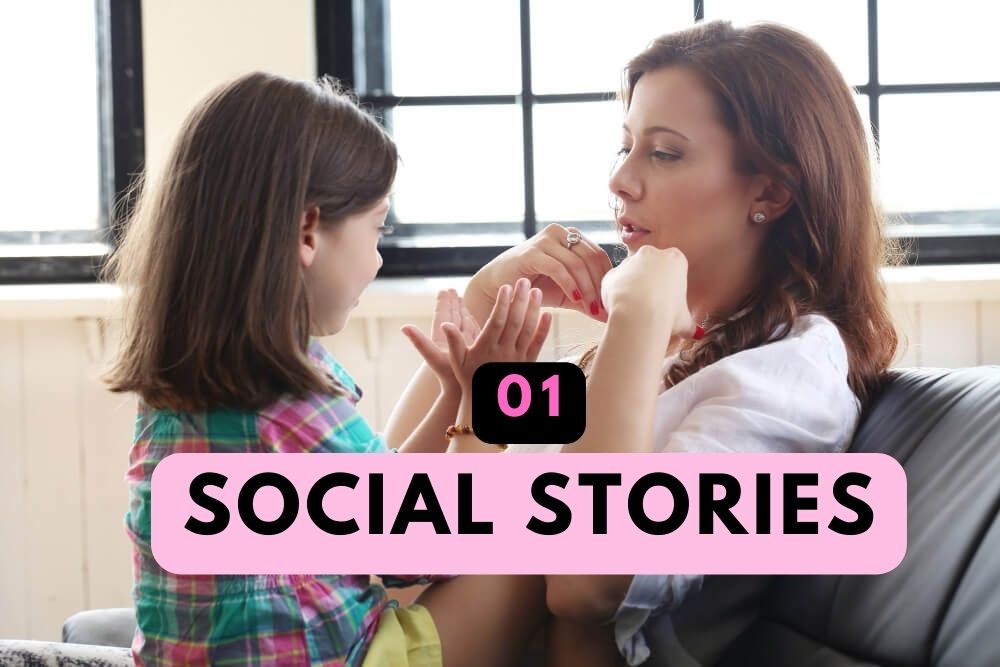
Individuals with autism can benefit from the use of social stories since it will help them grasp diverse social circumstances and acceptable communication techniques. Visual signals and well-structured narratives are provided by social stories, which are used to instruct students in social skills and communication tactics.
- Structured Narratives: Social Stories offer structured narratives that dissect social circumstances into distinct and step-by-step procedures.
- Cues to the Visual World: These narratives include visual cues such as pictures or symbols, which help to concertize intangible ideas about society and make them simpler to grasp.
- Sequential Learning: Individuals diagnosed with autism benefit from Sequential Learning because it teaches them social skills and communication tactics in a step-by-step format that is detailed in the stories.
- Repetitive Exposure: Exposure to Social Stories on a repeated basis helps individuals internalize the right social behaviors and makes them a part of their daily routine.
- Enhanced knowledge: Because Social Stories serve as a bridge between the one-of-a-kind perspective of the person and the social environment, they help people have a better knowledge of how people interact with one another.
- Tailored Approach: Approach that Is Customized Speech therapists modify Social Stories so that they address specific difficulties that individuals are dealing with. This ensures that the intervention is both focused and effective.
- Increased Confidence: Because individuals are equipped with the knowledge to successfully navigate social situations, their confidence is increased when engaging in social interactions as a result of using Social Stories.
Visual Schedules
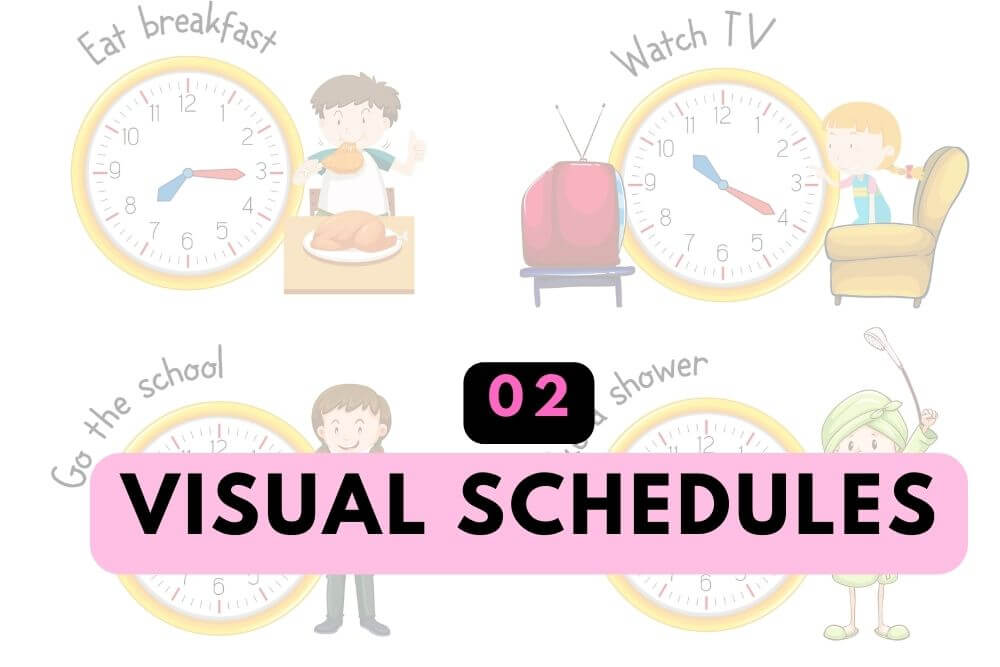
Helping people with autism understand the order in which events take place throughout the day can be facilitated by the creation of visual schedules or timetables that make use of drawings or symbols. Visual schedules improve predictability, which in turn lowers anxiety levels and facilitates more efficient communication.
- Visual Aid: Individuals who have autism may benefit from using drawings, symbols, or words to establish structured timetables through the use of visual schedules.
- Predictability and routine: These timetables lay out the order in which activities will take place, providing individuals with autism with the predictability and routine that can be therapeutic for them.
- Reduced worry: When individuals are aware of what to anticipate, they experience less worry and stress. As a result, transitions become easier to manage and run more smoothly.
- Improved Communication: Visual timetables assist individuals become better prepared for upcoming activities, which in turn enables them to interact with others in a more interactive manner. This results in improved communication.
- Embrace Independence: Individuals are better able to navigate their day on their own and experience an increase in both their confidence and their ability to rely on themselves when they have a knowledge of the flow of events.
- Meaningful Interactions: Clear visual calendars help individuals be better prepared for activities, which enhances their capacity to engage with others, which in turn fosters more meaningful interactions between those individuals.
Role-playing and Social Games
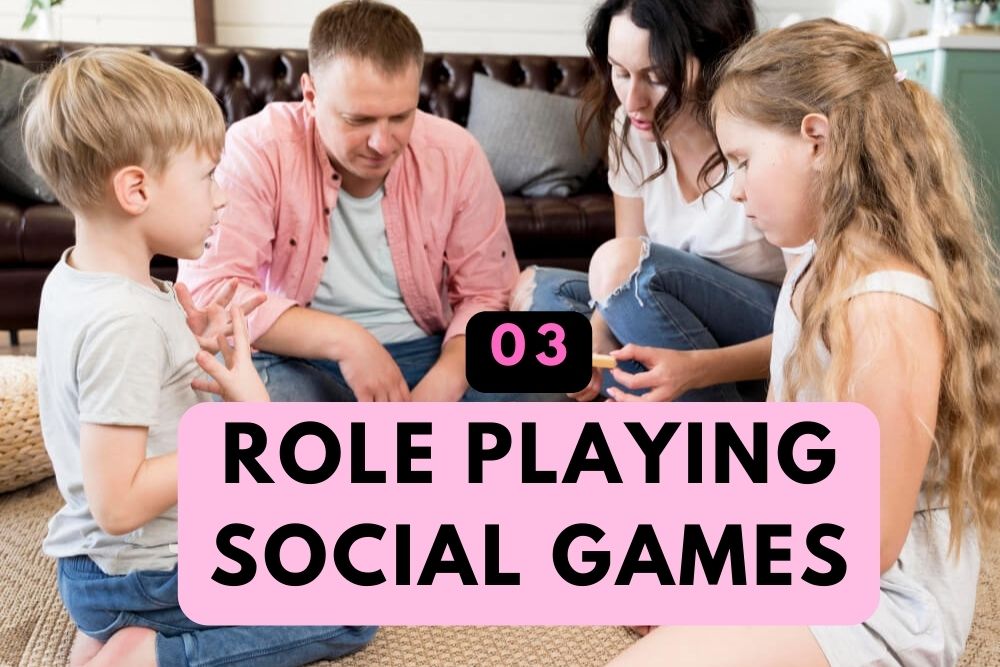
Participation in activities such as role-playing and social games that enhance communication, turn-taking, and a knowledge of social cues. Playing language and social interaction games like “Simon Says” or engaging in even the most basic role-playing activities can be beneficial.
- A Structured Environment: Individuals with autism can benefit from a safe and well-structured environment in which to develop their communication skills by participating in activities such as role-playing and social games.
- Skill in Taking Turns: Games like “Simon Says” are great for teaching children the fundamental ability of taking turns, which is vital for developing their conversational abilities.
- Expression and Understanding: Individuals are able to express themselves and better grasp social cues in a variety of settings by participating in pretend play scenarios.
- Language Development: Taking on a variety of responsibilities at once forces one to utilize context-appropriate language, which in turn promotes language growth and increases one’s vocabulary.
- Cognitive Flexibility: Individuals who participate in role-playing activities increase their cognitive flexibility because they learn to alter their communication style based on a variety of settings.
- Building empathy: It requires individuals to put themselves in new social situations, since this helps them comprehend the world from a variety of angles and empathize with others’ experiences.
- Non-Verbal Communication: Playing social games gives you the opportunity to practice non-verbal communication, such as gestures and facial expressions, which ultimately improves your ability to engage with other people.
- Gaining Confidence and Ease: Once individuals have mastered these abilities in a safe environment, they will have gained confidence, which will make it simpler for them to navigate social situations in their day-to-day lives.
Speech Therapy Apps
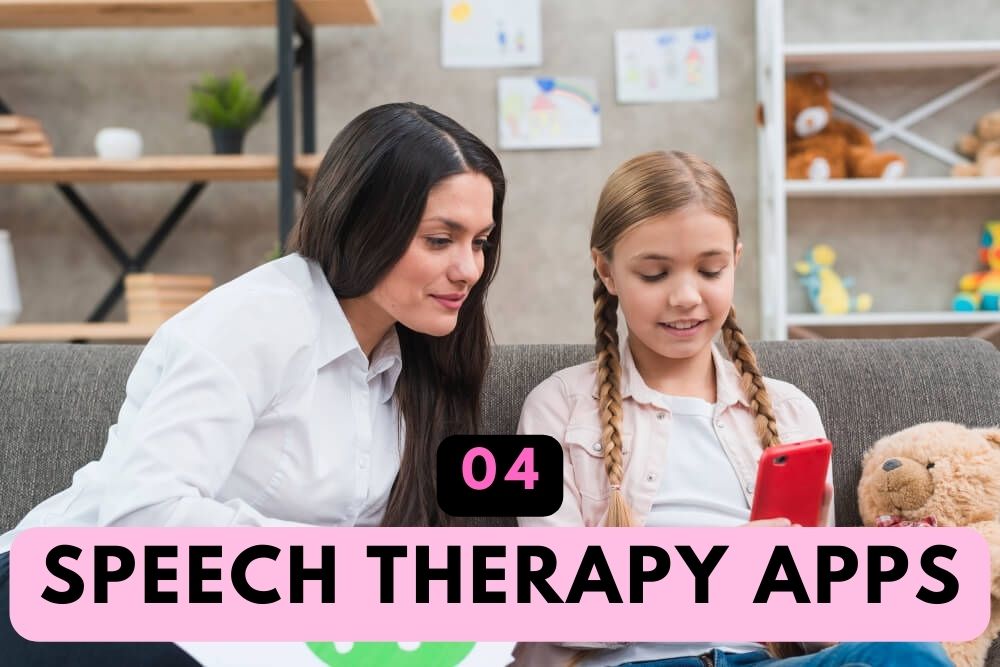
Speech therapy applications have become extremely useful tools in the field of autism intervention. These applications provide a wide variety of interactive exercises, interesting games, and visual aids that are designed to improve a person’s ability to communicate verbally and in written form. These applications have been painstakingly developed in order to provide a solution to the specific problems that people who have autism spectrum disorder encounter on a daily basis.
Speech therapy apps make use of cutting-edge technology to deliver a dynamic and interactive learning environment. This makes the process of developing critical communication skills more entertaining as well as more effective.
Individuals are able to engage in activities that target many aspects of speech and language through the use of these applications. Some of these features include articulation, vocabulary, and social communication. In addition, the incorporation of visual clues into these applications helps with comprehension. This helps to ensure that users are able to correlate words with the appropriate visuals or symbols, which in turn helps to strengthen their knowledge.
One of the most major benefits of these applications is their adaptability; speech therapists are able to evaluate the individual’s objectives, talents, and areas of growth, and then offer appropriate apps that are suited to the individual’s exact requirements. This individualized method ensures that treatment sessions are not only successful but also extremely engaging, which motivates individuals to actively participate in their learning journey.
Using this strategy, one may ensure that therapy sessions are effective. Speech therapy apps play a vital part in the empowerment of individuals with autism by providing them with accessible and innovative tools to strengthen their speech and language abilities. This is because technology continues to advance, and this trend is expected to continue.
AAC Devices (Augmentative and Alternative Communication)
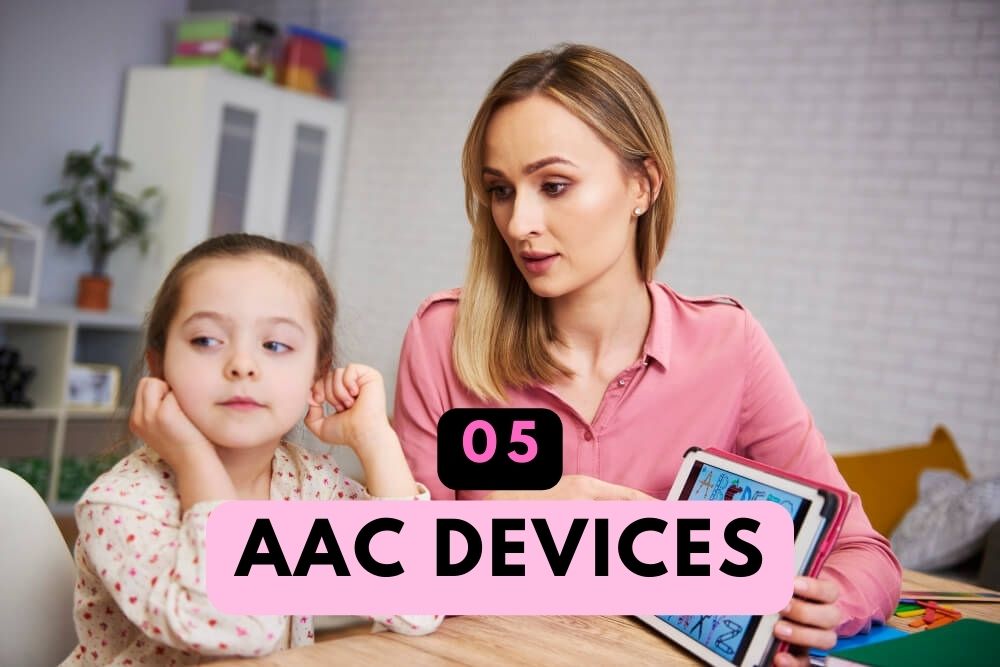
AAC Devices – An Overview
AAC devices can take the form of technological gadgets or specialized software applications and are developed for those who have difficulty verbally expressing themselves. Individuals who have difficulties with conventional speech may find that these gadgets make expressive communication easier to do.
Speech Therapist’s Role
Assessment Process
Speech therapists provide comprehensive evaluations to get a better understanding of each individual’s unique communication requirements. The evaluation helps determine which augmentative and alternative communication (AAC) equipment would be most appropriate for the individual taking it, taking into account their cognitive ability, physical capabilities, and communication preferences.
Selection of AAC Device and Customization
The requirements of the user are taken into consideration when choosing an appropriate augmentative and alternative communication (AAC) device. The individual’s unique communication needs can be efficiently met by the chosen device, which can be personalized to meet those needs.
Training and Support
Therapists instruct both the user and the caretaker in all aspects of the AAC’s operation. Communication skills and self-assurance are also emphasized in training in addition to technical skills.
Advantages of AAC Devices
Improved Quality Life
Individuals who use AAC devices are able to significantly enhance the quality of their lives since the gadgets enable them to express themselves more clearly. People are able to take an active part in social interactions, educational opportunities, and daily activities.
Improved Social Integration
AAC devices help individuals achieve social integration by enabling them to communicate and form connections with other people. These technologies give people the ability to have conversations and to communicate their thoughts and feelings to one another.
Empowerment and Independence
Individuals who use AAC devices gain a sense of self-reliance and confidence as they are able to communicate independently thanks to the devices. Users will be able to obtain the ability to make decisions, voice preferences, and demonstrate independence in a variety of settings.
PECS (Picture Exchange Communication System)
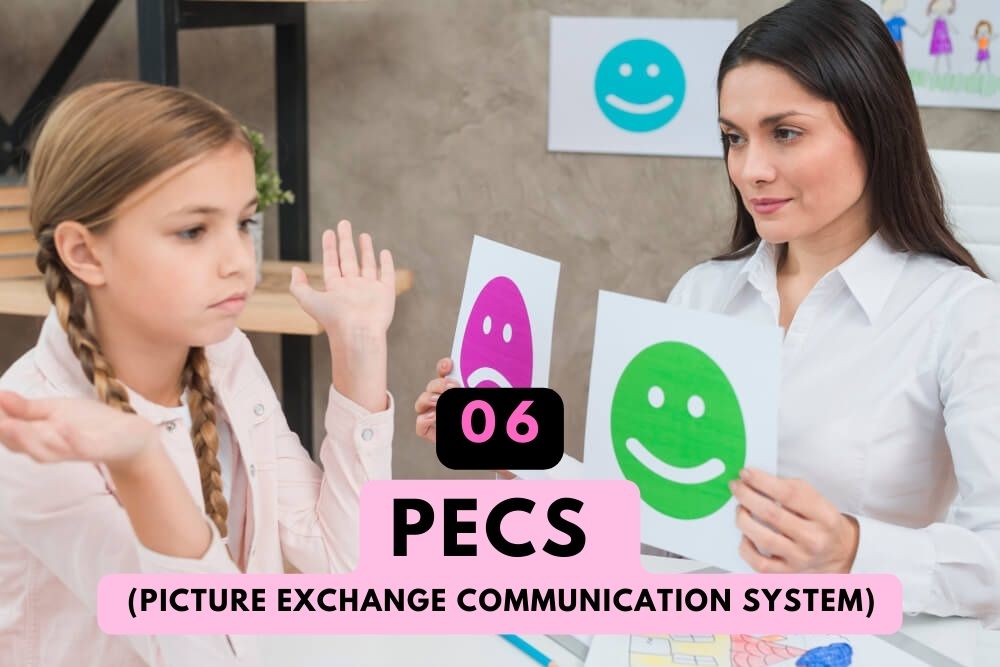
The Picture Exchange Communication System (PECS) is a highly successful visual communication tool meant to assist individuals, particularly those with autism, in expressing their thoughts, emotions, and needs. It was developed to help people communicate with one another more effectively.
People are able to convey their emotions to one another, make requests for particular things, and communicate their wants and needs to one another through the use of a series of drawings or symbols.
This technique is especially helpful for those who are non-verbal or have limited speaking abilities since it gives those people a systematic way to engage with one another and express themselves.
For successful implementation of PECS, the involvement of the speech therapist is crucial. They evaluate the client’s communication ability and teach them the relevant symbols through close collaboration with the individual. The therapist acts as a coach for the individual during the process, instructing them on how to choose and trade pertinent photographs in order to successfully communicate their messages.
In addition, the therapist is responsible for continuously expanding the PECS vocabulary and customizing it to the specific requirements and interests of the individual. Individuals who have autism can improve their communication skills and make meaningful connections with the world around them thanks to the empowering features of the Picture Exchange Communication System (PECS), which can be accessed by providing regular support and encouragement to these individuals.
Sensory Activities
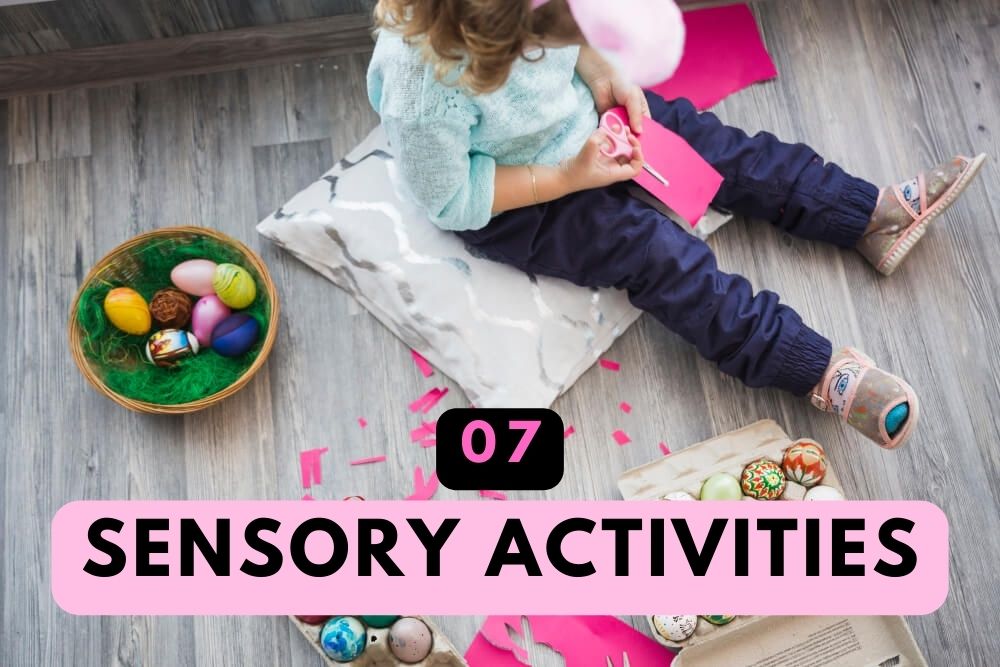
Sensory activities that involve movement, touch, or smell can be beneficial to certain people who have autism. Speech therapists can use exercises that focus on the senses to engage their patients, so making therapy sessions more engaging, participatory, and enjoyable for everyone involved.
- Holistic Approach: The use of sensory exercises is one example of a strategy that takes a holistic approach to helping individuals with autism improve their communication abilities.
- Stimulating and Calming: For certain people on the autism spectrum, some sensory experiences, such as touch, smell, or movement, can be both stimulating and calming.
- Engagement: Speech therapists employ a variety of sensory exercises in a planned manner in order to engage the individual they are working with, thereby making therapy sessions more interactive and pleasurable.
- Creating Comfort: Sensory activities offer a comfortable and non-threatening environment, particularly for those with sensory sensitivities, which enables patients to feel at ease throughout therapy. This is especially helpful for people with sensory sensitivities who may have trouble concentrating.
- Multi-Sensory Engagement: Speech therapists are able to more successfully grab the individual’s attention and increase their level of participation in speech exercises when they engage the individual in activities that include multiple senses.
- Sensory Regulation: The participation in these activities assists in the regulation of sensory processing, which in turn enables individuals to concentrate more effectively on speech and language activities.
- Examples of activities : This provide sensory input include those that involve textured objects, fragrant play dough, or gentle rocking motions. These types of activities help individuals feel more at ease, which makes it simpler for them to participate in therapy.
- Supportive Environment: Providing individuals with opportunities to engage in sensory experiences helps them in the process of building communication skills within a therapeutic setting that is both sensory-friendly and supportive.
Storytelling and Narrative Activities

It is beneficial to encourage people with autism to write and narrate stories. You can accomplish this goal by employing picture cards, drawings, or even by acting out stories. Storytelling is a great way to improve language abilities, creativity, and the capacity to organize thoughts in a logical manner. Some of the benefits are listed below:
- Improved Vocabulary and Sentence Structure: Individuals with autism who participate in storytelling activities see improvements in their vocabulary and sentence structure, as well as in their ability to communicate with others.
- Increased Creativity: Participating in storytelling activities allows people to create their own characters, settings, and storylines, which in turn stimulates inventive thinking and leads to increased creativity.
- Structured thought organization: Creating and telling stories entail arranging thoughts logically, which enhances cognitive skills linked to structure and sequence.
- Practice in Social Interactions: Storytelling provides a platform for practicing social interactions, teaching individuals how to effectively engage in conversations and convey their views.
- Emotional Expression: Individuals have the ability to express their feelings, thoughts, and experiences via the use of storytelling, which contributes to the development of emotional intelligence.
- Visual Learning: Using visual aids such as picture cards or drawings helps in learning and presenting complicated tales, which in turn enhances one’s comprehension skills.
- Developing Empathy: Individuals have the opportunity to explore a variety of sentiments and social circumstances when they act out stories, which helps them develop empathy and a greater understanding of the feelings of others.
- Explore Safely: Storytelling activities create a controlled setting for individuals to explore social scenarios, assisting them in navigating real-life circumstances with increased confidence as a result. This helps individuals feel more comfortable navigating social situations.
Visual Supports
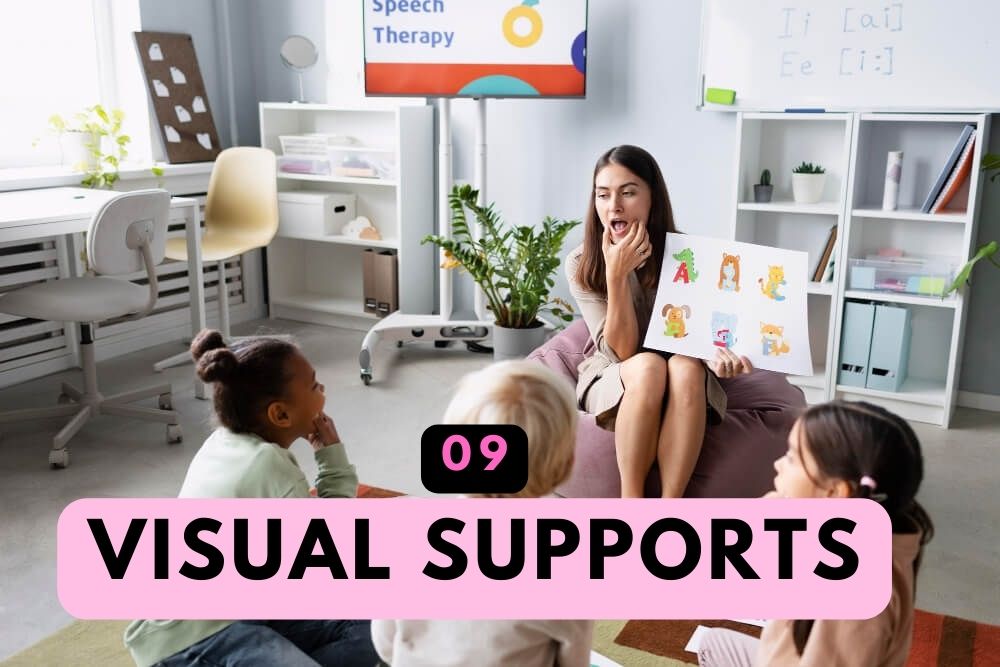
When working to improve communication abilities, it can be helpful to make use of visual supports such as visual cues, flashcards, or social scripts. The use of visual aids offers a more concrete method of comprehending and remembering linguistic notions.
- Visual clues: Incorporating visual clues such as images, symbols, or gestures into your lessons will help students better comprehend and retain the material.
- Flashcards: Use flashcards with pictures representing items, actions, or emotions to assist individuals identify words with related visuals, hence increasing vocabulary development. Flashcards can be used to help persons develop their vocabulary.
- Implementing Social Scripts: Individuals can be guided through their social interactions and taught acceptable answers for a variety of scenarios by utilizing social scripts, which make use of written or pictorial clues.
- Enhanced Comprehension: Visual supports make abstract linguistic concepts more concrete, which facilitates better understanding and memory retention of the information.
- Predictability and Security: Visual tools offer a sense of both predictability and security, which is vital for individuals with autism, who frequently struggle with aspects of communication that are unpredictable or abstract.
- Consistent Reference: Reference Reliability During treatment sessions, visual supports can act as constant and reliable references, allowing individuals to communicate more effectively and with greater confidence.
- Inclusive Learning: Speech therapists can establish an inclusive and helpful learning environment by making use of visual supports. This helps to advance both language development and communication abilities.
Modified Articulation Exercises
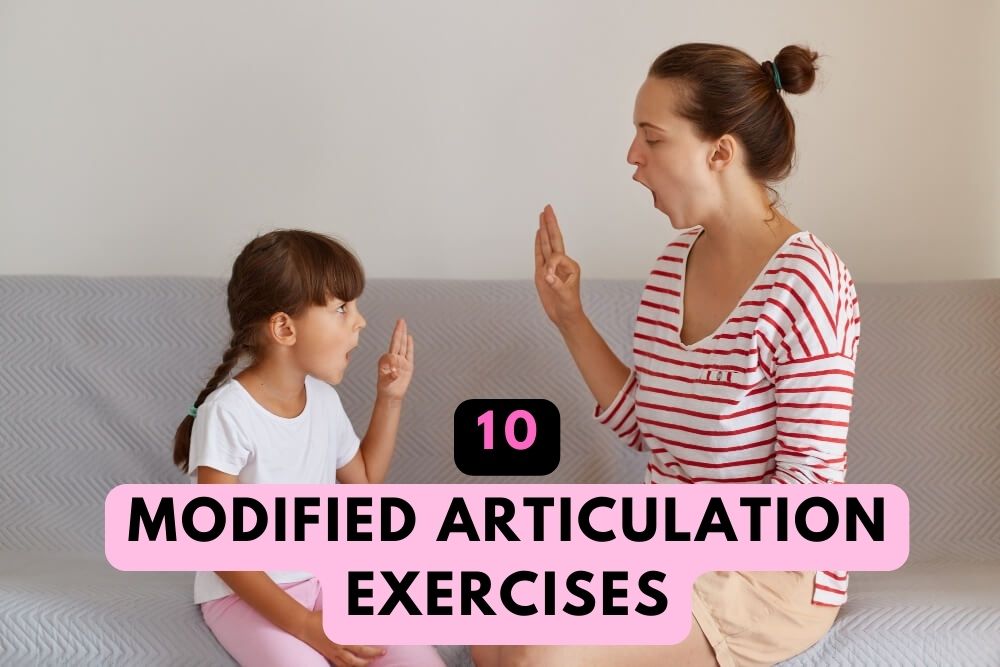
Speech therapists can employ games and modified articulation exercises to target specific speech sounds with patients who have speech sound abnormalities. Learning is made more enjoyable through the use of activities that are both fun and engaging.
In speech therapy, addressing speech sound abnormalities involves treatments that are both new and successful. The use of modified articulation exercises and games that are specifically designed to target particular speech sounds is one of the methods that speech therapists put into practice. These exercises have been carefully crafted to meet the specific requirements of customers in order to improve the clients’ ability to articulate their words clearly and precisely.
The adaptability and ingenuity of these exercises are what set them apart from others. Speech therapists are good at transforming dull exercises into dynamic, engaging games. These games not only concentrate on the speech sounds that are being worked on, but they also inject an element of pleasure into the learning process.
Individuals find themselves intensely engaged as a result of the incorporation of elements of play and excitement, which makes the learning experience fun and motivational for the individual. Individuals are able to practice their speech sounds in an unhurried environment thanks to the supportive and uplifting environment that is created by the modified articulation exercises.
The utilization of interactive games not only assists with the improvement of particular speech sounds, but also fosters a sense of self-assurance and passion in individuals, which in turn helps individuals make progress and achieve achievement on their path through speech therapy.
Key Takeaways
- Social Stories: Structured narratives with visual cues enhance social understanding, confidence, and tailored learning.
- Visual Schedules: Predictable routines through symbols reduce anxiety, enhance independence, and improve communication skills.
- Role-playing and Games: Safe, interactive activities boost language development, empathy, and non-verbal communication.
- Speech Therapy Apps: Personalized apps enhance articulation, vocabulary, and social skills, engaging and empowering users.
- AAC Devices: Specialized devices enable non-verbal communication, fostering social integration and independence.
- PECS: Picture-based communication system aids expression and connection, guided by therapists for effective use.
- Sensory Activities: Holistic sensory exercises improve focus, social interactions, and communication skills.
- Storytelling: Enhances vocabulary, creativity, structured thinking, and social interactions in a safe environment.
- Visual Supports: Visual cues and aids boost comprehension, memory, and inclusive learning environments.
- Articulation Exercises: Interactive games target speech sounds, building confidence and motivation in speech therapy sessions.
Useful Resource Here is a video of game "Simon says" which could be helpful for your speech therapy Journey
Pic Credit for this article: Freepik
Video Credit for this article: The Kiboomers – Kids Music Channel
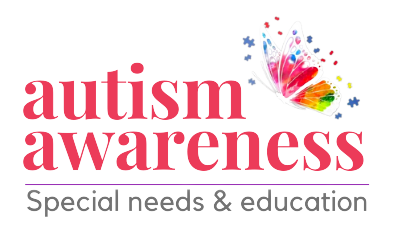
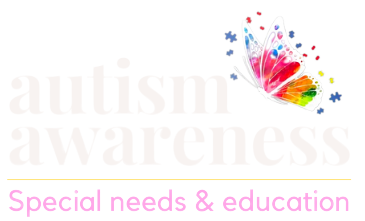

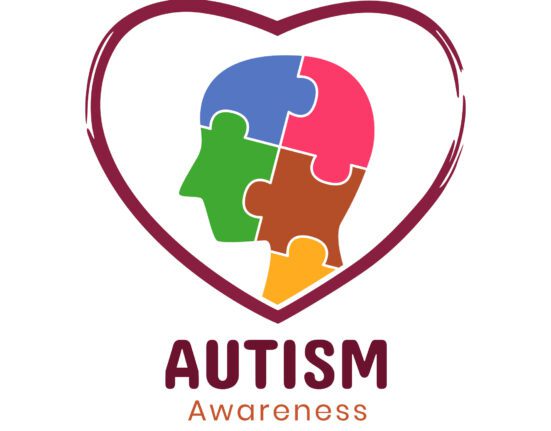



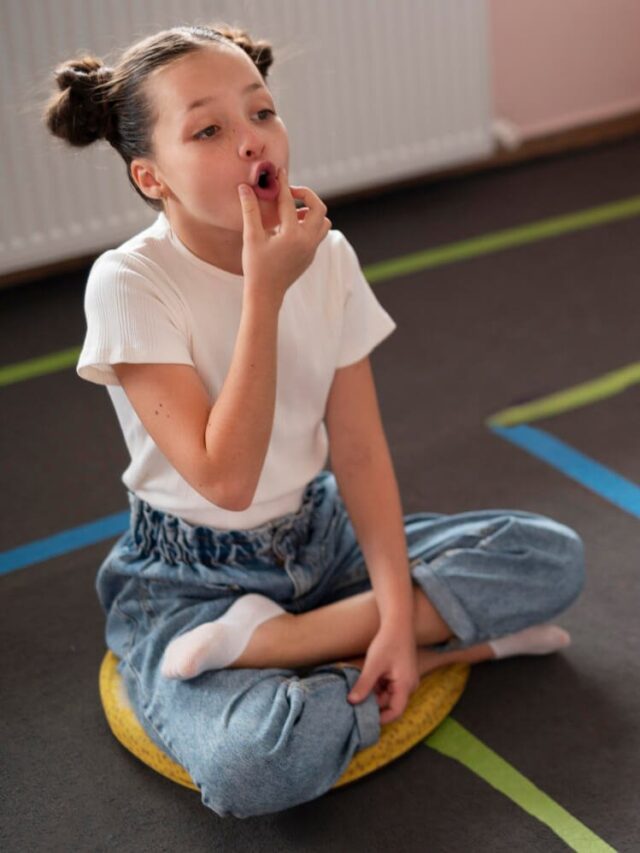


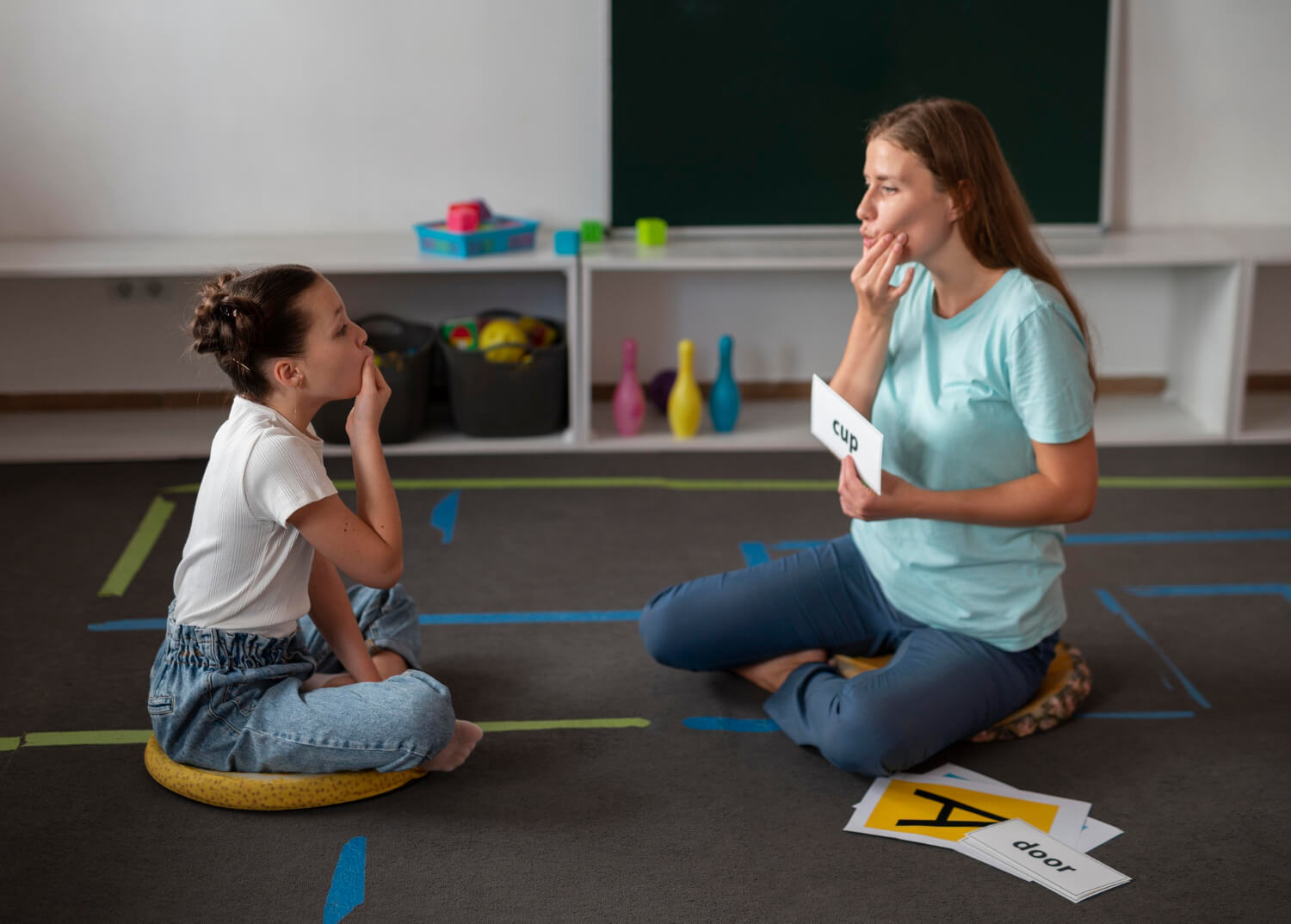






Leave feedback about this